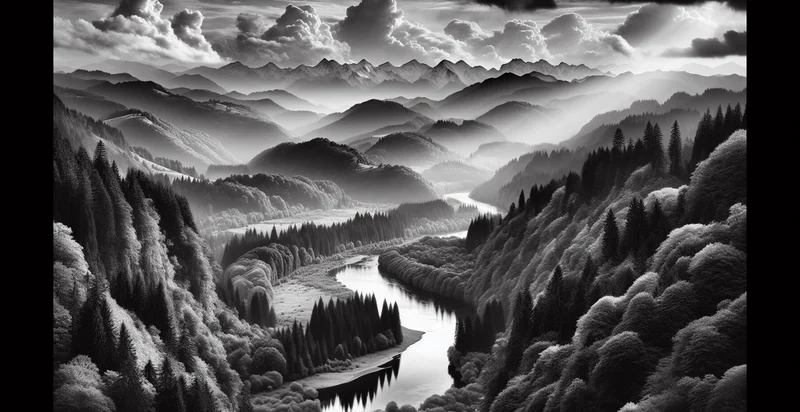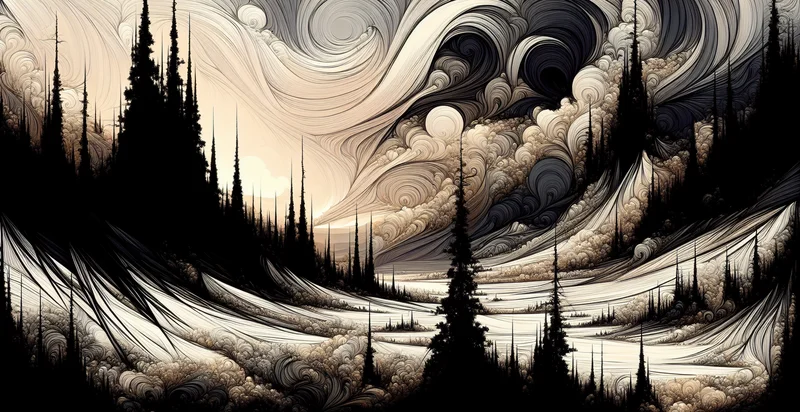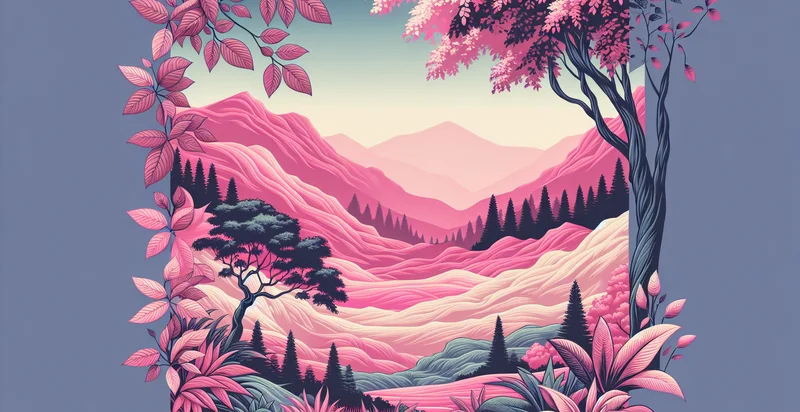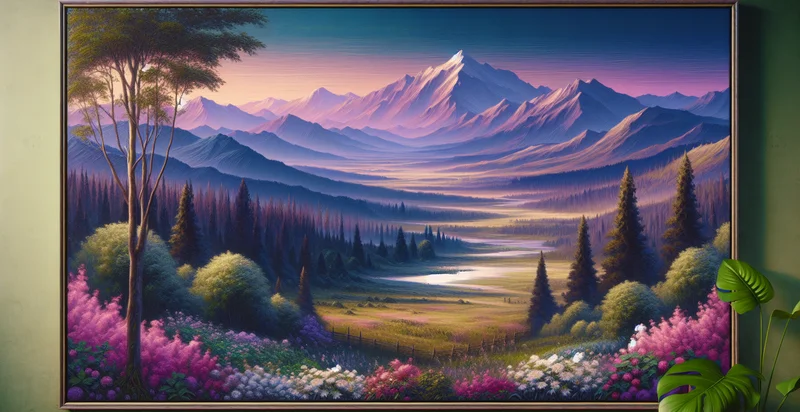Identify shades of grey
using AI
Below is a free classifier to identify shades of grey. Just upload your image, and our AI will predict the different shades-of-grey present in the image - in just seconds.

Contact us for API access
Or, use Nyckel to build highly-accurate custom classifiers in just minutes. No PhD required.
Get started
import nyckel
credentials = nyckel.Credentials("YOUR_CLIENT_ID", "YOUR_CLIENT_SECRET")
nyckel.invoke("shades-of-grey-identifier", "your_image_url", credentials)
fetch('https://www.nyckel.com/v1/functions/shades-of-grey-identifier/invoke', {
method: 'POST',
headers: {
'Authorization': 'Bearer ' + 'YOUR_BEARER_TOKEN',
'Content-Type': 'application/json',
},
body: JSON.stringify(
{"data": "your_image_url"}
)
})
.then(response => response.json())
.then(data => console.log(data));
curl -X POST \
-H "Content-Type: application/json" \
-H "Authorization: Bearer YOUR_BEARER_TOKEN" \
-d '{"data": "your_image_url"}' \
https://www.nyckel.com/v1/functions/shades-of-grey-identifier/invoke
How this classifier works
To start, upload your image. Our AI tool will then predict the different shades-of-grey present in the image.
This pretrained image model uses a Nyckel-created dataset and has 25 labels, including Light Grey and Silvery Grey.
We'll also show a confidence score (the higher the number, the more confident the AI model is around the different shades-of-grey present in the image).
Whether you're just curious or building shades of grey detection into your application, we hope our classifier proves helpful.
Related Classifiers
Need to identify shades of grey at scale?
Get API or Zapier access to this classifier for free. It's perfect for:
- Fabric Manufacturing Quality Control: This function can be used to ensure consistency in fabric dye lots in textile manufacturing. By identifying slight variations in the shades-of-grey, manufacturers can ensure their fabric batches match perfectly.
- Art Authentication: The 'shades-of-grey' identifier can be used in art authentication processes. This can determine whether a grayscale artwork is original or a counterfeit based on its specific shades-of-grey used not typically copied by forgery attempts.
- Cinematography: Film editors can use this function to create a consistent visual aesthetic for grayscale films. By identifying the precise shades used throughout the production, editors can guarantee visual continuity across different scenes and shots.
- Private Investigation: Private investigators and forensic specialists can use the 'shades-of-grey' identifier to analyze black-and-white surveillance footage or photographs, identifying important details that could be pivotal for a case.
- Automotive Industry: The application can be used to evaluate the shades-of-grey used in vehicles by car manufacturers to ensure consistency and adherence to brand standards in their paint jobs.
- Advertising and Printing: Ad agencies and printing companies can apply this function to ensure that grayscale images used in print ads maintain the same shade diversity range, guaranteeing cohesive visual communication and brand consistency.
- Vintage Photo Restoration: Digital restoration artists can use this function to analyze the shades-of-grey in vintage black-and-white photos. This can guide them in their restoration process, helping to maintain the original aesthetic while enhancing image quality.


